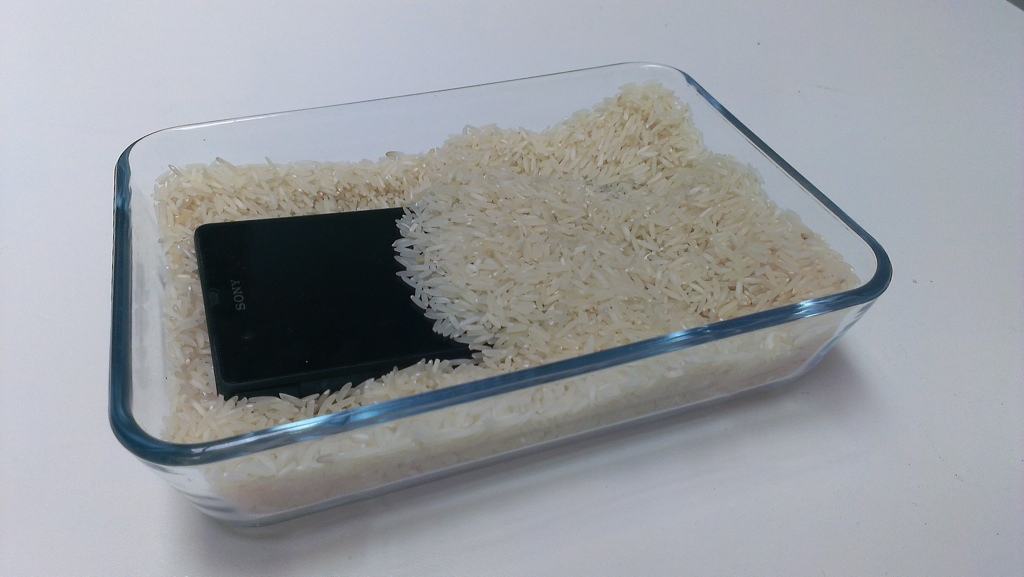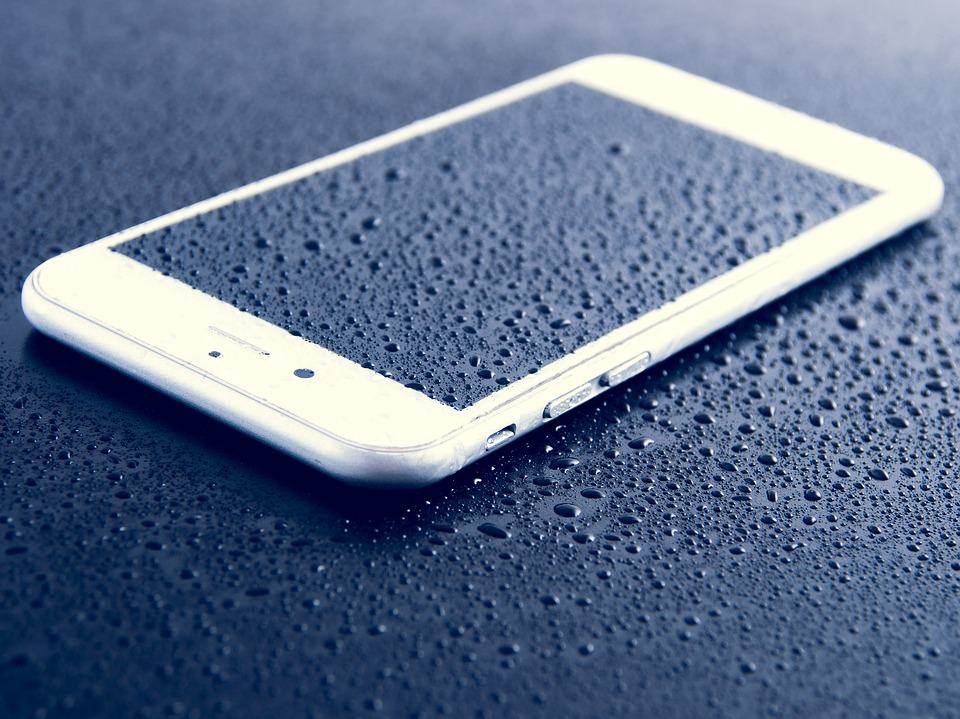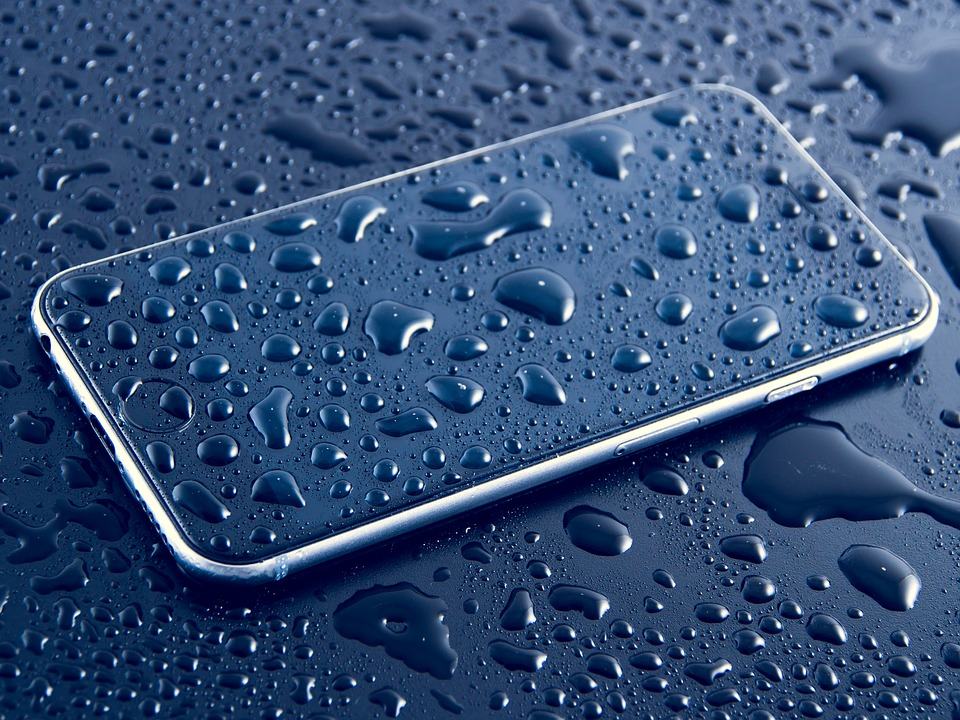It’s the worst possible thing that can happen, isn’t it? Getting your cell phone wet. Now you might have heard a few theories on how to save your wet cell phone, but here’s a full list that will help you save your cell phone. Can’t have you walking around without any connection to the internet, can we?




Ask a question
Ask us anything you want